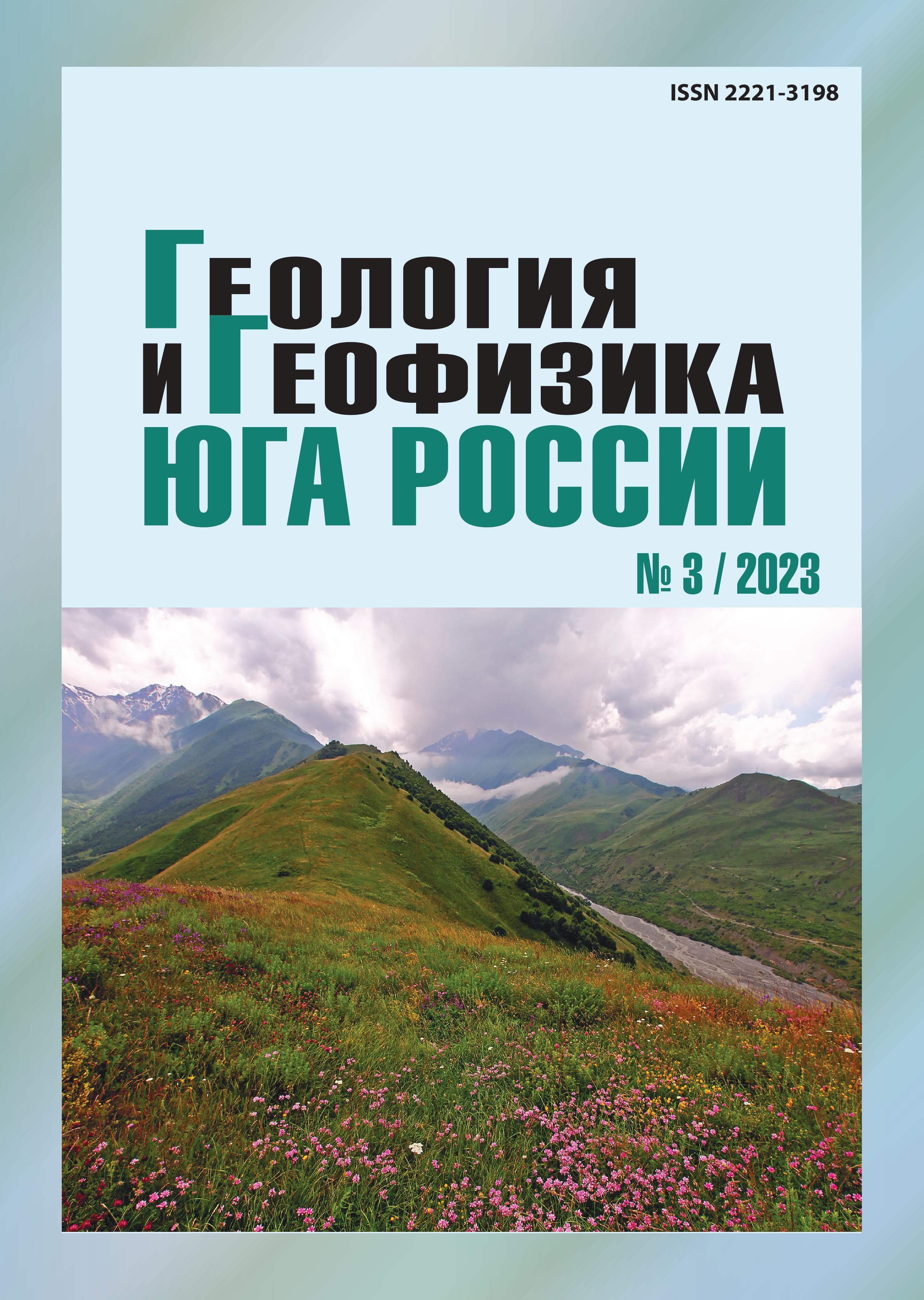Geodynamic conditions of formation of ore-magmatic systems of Eastern Donbass according to petrochemical data
Abstract
The article is devoted to solving one of the scientific problems of metallogeny of the Eastern Donbass, which determines the relationship of ore manifestations and magmatism with the geodynamic conditions of the development of the region in the Mesozoic. The purpose of the study. Assessment of geodynamic conditions of formation based on petrochemical data of ore-magmatic systems (RMS) previously identified in the Eastern Donbass. The relevance of research. The identification of geodynamic environments of ancient convergent and transform margins is an important problem of modern geology, since specific magmatic complexes and mineral deposits are associated with such environments. Research methods. The petrochemical criteria for identifying transform margins developed by Far Eastern scientists were used, in particular, triple diagrams capable of separating igneous rocks of suprasubduction environments and igneous rocks formed in the environment of transform margins in the zone of sliding lithospheric plates. The triple diagram developed by these authors for petrogenic oxides (TiO2×10)–(Fe2O3+FeO)–MgO is used, based on the percentage ratio of titanium, iron and magnesium relative to the sum of oxides of these elements reduced to 100%. Chemical analyses of intrusive rocks of the Eastern Donbass, borrowed from production reports, were used as starting materials. Geodynamic conditions of the formation of the RMS of the central type are estimated on the example of the Kondakov RMS, the areal type – on the example of the Tuzlovskaya RMS. The results of the study. It was found that during the formation of the Kondakov RMS of the central type, the suprasubduction geodynamic situation was decisive, which eventually changed to a plate sliding situation with the manifestation of the corresponding magmatism and hybridization of the final portions of the magma of the Nesvetaevsky complex due to lamprophyric magma. During the formation of the Tuzlovskaya RMS of the areal type, the main sources of magmatism forming the intrusive bodies of the Miusko-Kerchik complex could be the sublab asthenosphere or depleted mantle. The intrusive magmatism of the Miusko-Kerchiksky complex manifested itself during the transition of the suprasubduction geodynamic regime to the sliding regime of lithospheric plates as a result of a collision of continental margins or a change in the direction of movement, after the cessation of subduction.


